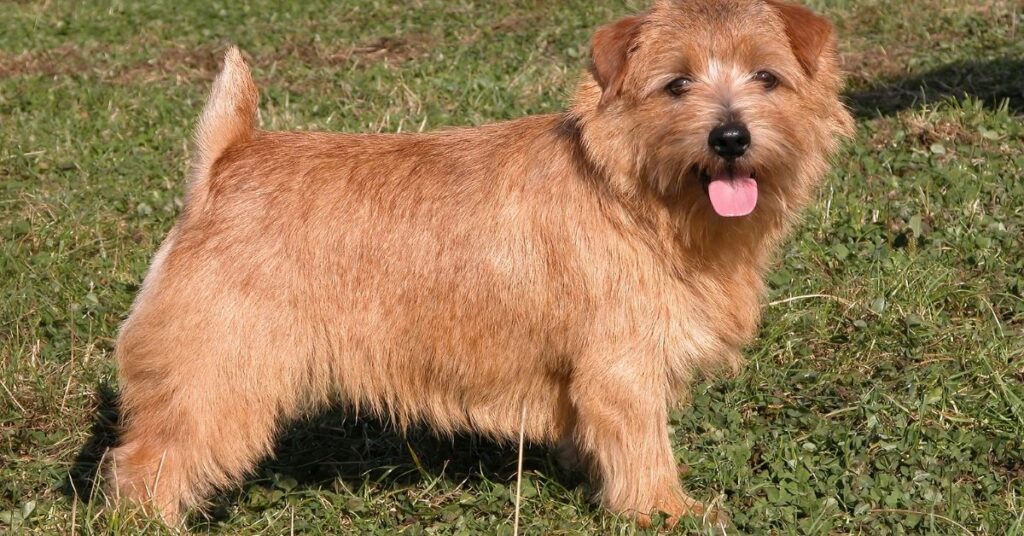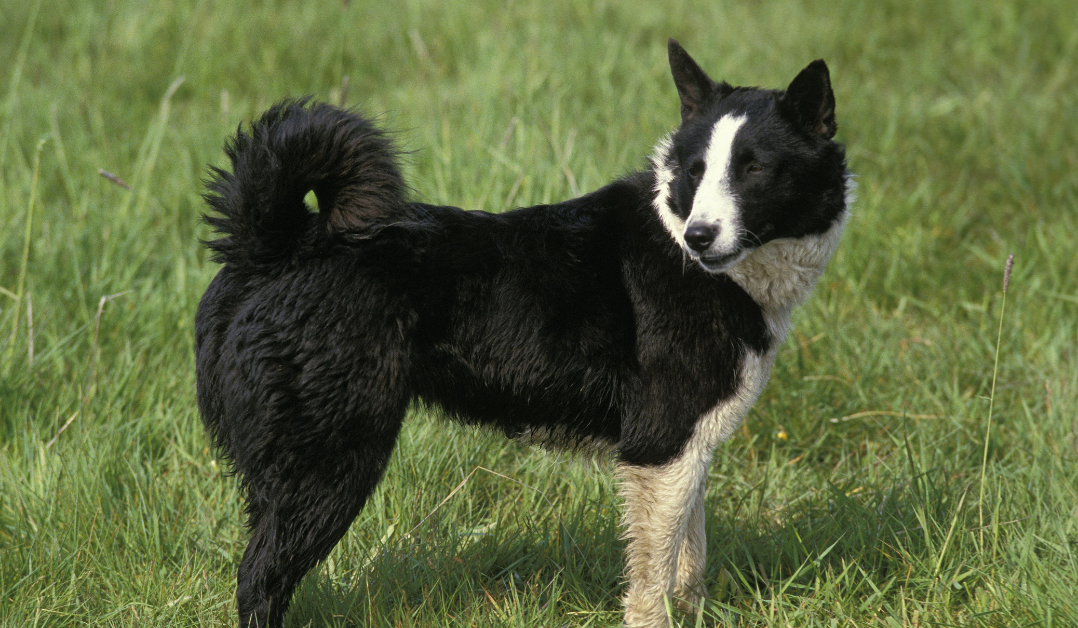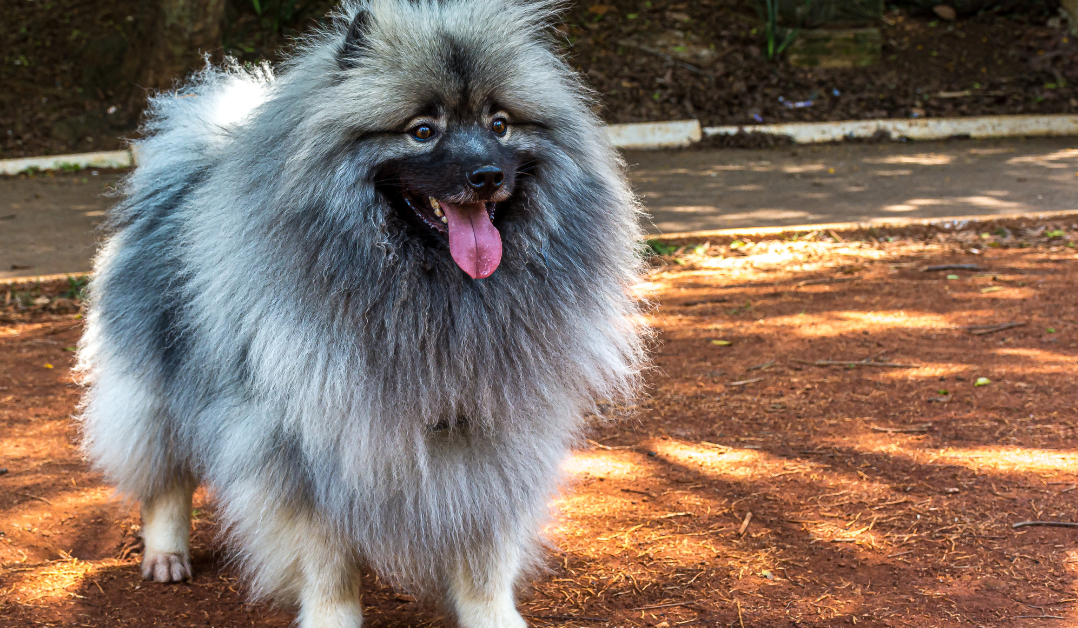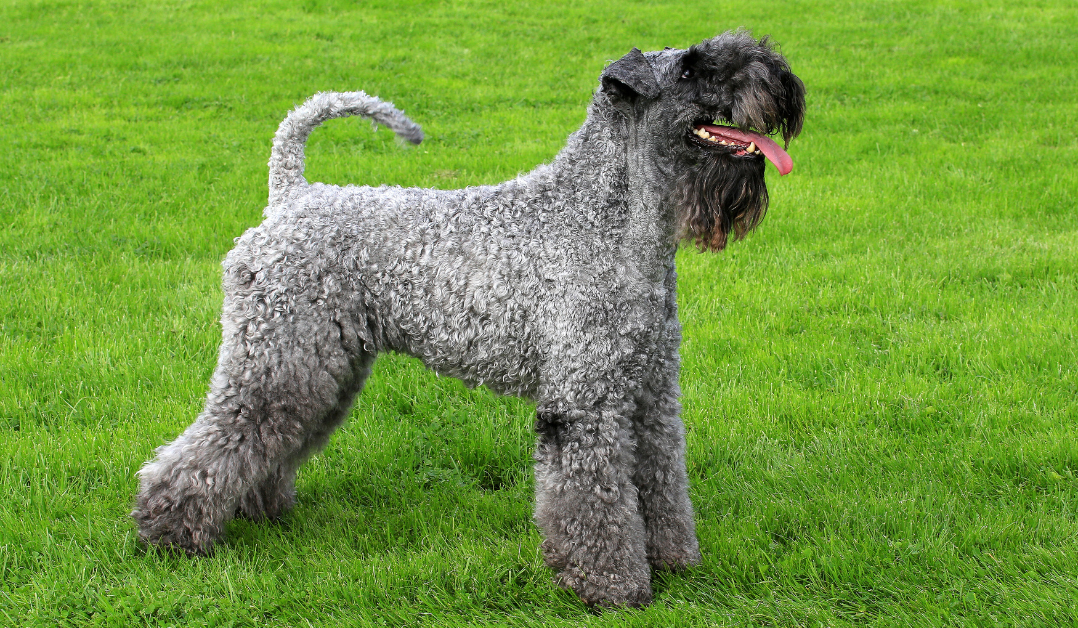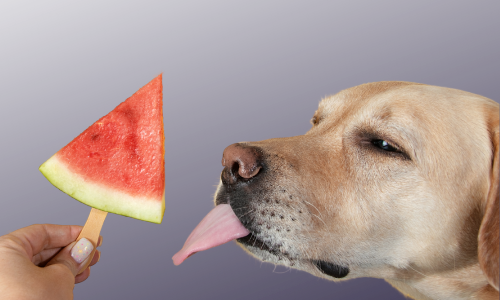The Otterhound is a large, rugged breed known for its exceptional tracking skills and distinctive appearance. Originally bred for hunting otters, this breed is known for its endurance and tenacity.
*Disclaimer: This Post May Contain Affiliate Links. This Means That I Receive A Small Commission At No Extra Cost To You Should You Click Through And Make A Purchase. Learn More On My Policy Page
Breed Characteristics
- Breed Category: Hound Group
- Size: Large
- Coat Length: Rough, double coat
- Shedding: Moderate
- Hypoallergenic: No
- Grooming Requirements: Moderate; regular brushing needed
- Life Span: 10-13 years
- Activity Level: High
- Temperament/Personality: Friendly, intelligent, independent
- Intelligence: High
- Trainability: Moderate; may be independent-minded
- Space Requirement: Large; requires ample space
- Compatibility with Children & Other Pets: Good
- Health Issues: Hip dysplasia, bloat
- Nutrition Needs: High-quality diet with balanced nutrients
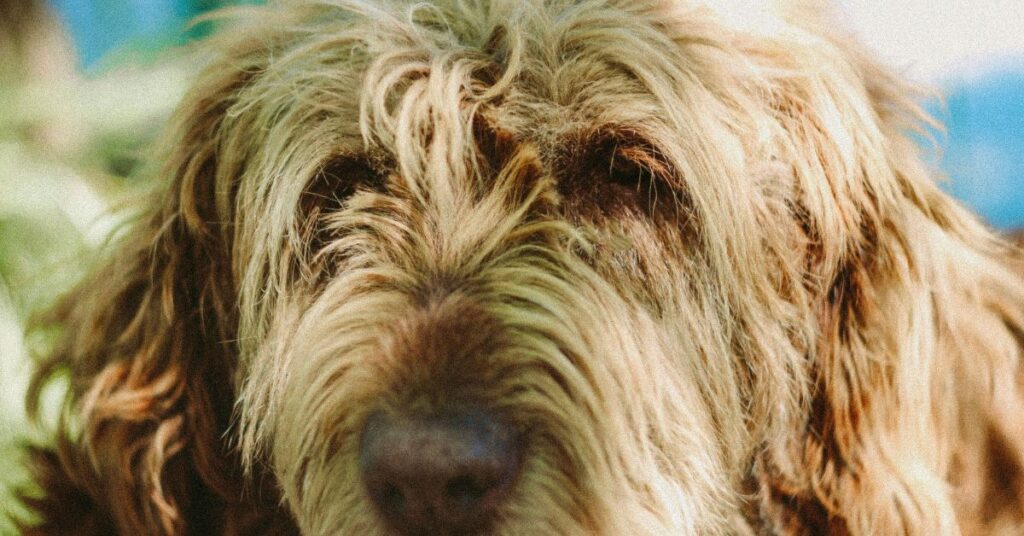
Origin and History
The Otterhound originated in England and was bred specifically for hunting otters. Its history dates back to the Middle Ages, where it was used in hunts for its exceptional tracking abilities and endurance. The breed’s name reflects its primary role in hunting otters, a task for which it was specially trained. Over time, the Otterhound has become less common but remains a valued breed among hunting enthusiasts and those who appreciate its unique traits.
Appearance and Physical Characteristics
The Otterhound is a large, robust dog with a distinctive rough coat. They stand between 24 to 27 inches tall at the shoulder and weigh between 80 to 115 pounds. Their coat is dense and water-resistant, designed to protect them from the elements during hunts. The breed has a broad head, long ears, and a bushy tail. Their appearance is both rugged and functional, suited for their original hunting tasks.
Temperament and Personality
Otterhounds are known for their friendly and independent nature. They are affectionate with their families and generally good with children and other pets. Their independent streak can make training a bit challenging, but they are loyal and loving companions. Otterhounds are also known for their high energy levels and need for regular exercise.
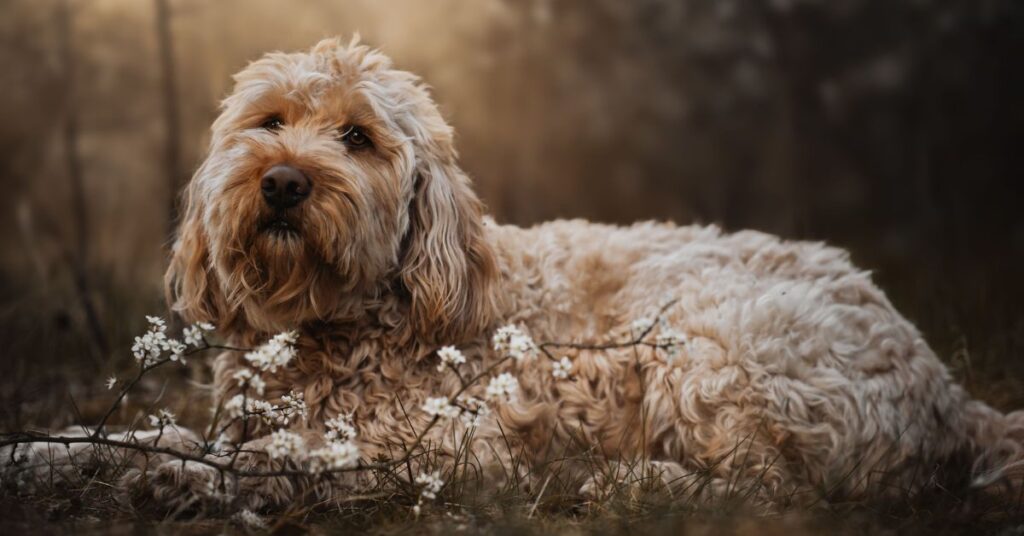
Intelligence and Trainability
The Otterhound is an intelligent breed but can be somewhat independent-minded. Training may require patience and consistency, as they may not always be eager to please. Positive reinforcement techniques work best with this breed. Their intelligence and tracking skills make them well-suited for activities like scent work and tracking.
Compatibility with Children and Other Pets
Otterhounds are generally good with children and other pets, especially when properly socialized from a young age. Their friendly nature makes them a good family companion, though their size and energy level may require supervision around smaller children. They generally get along well with other dogs and pets but may have a strong prey drive due to their hunting background.
Health and Nutrition
Otterhounds are generally healthy, but they can be prone to certain health issues, such as hip dysplasia and bloat. Regular veterinary check-ups and a balanced diet are essential for maintaining their health. A high-quality diet that supports their large size and active lifestyle is recommended. Monitoring their weight and providing appropriate portion sizes can help prevent obesity.
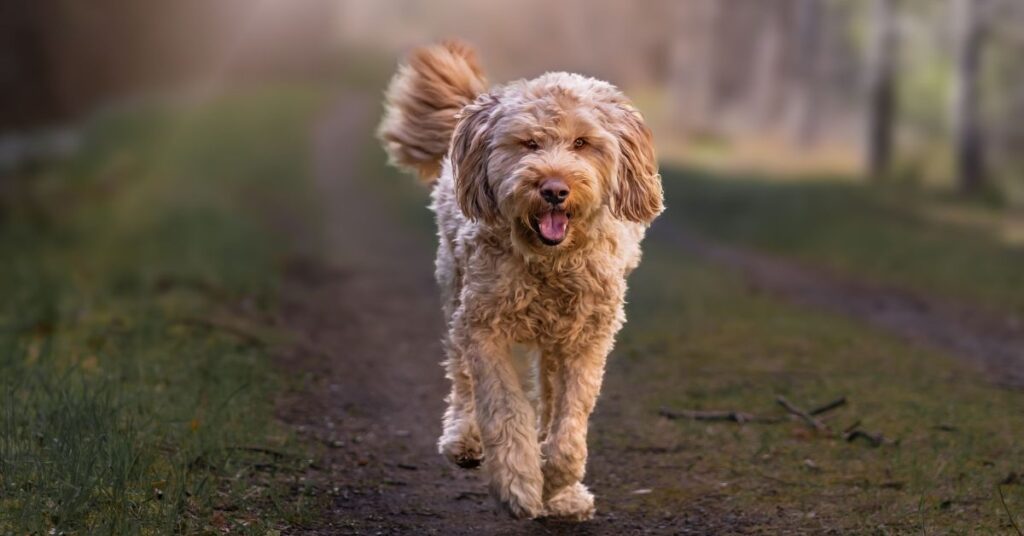
Exercise and Activity Level
Otterhounds have high energy levels and require regular exercise to stay healthy and happy. They enjoy activities such as running, hiking, and swimming. Daily walks, playtime, and opportunities for mental stimulation are important to meet their exercise needs. Their endurance and tracking skills make them well-suited for various dog sports and activities.
Grooming Needs
The grooming needs of Otterhounds are moderate. Their rough coat requires regular brushing to prevent matting and to remove loose hair. They should be bathed as needed, and routine grooming tasks like dental care, ear cleaning, and nail trimming are important to maintain overall health. The breed’s coat is designed to be water-resistant, making it relatively easy to maintain.
Training and Socialization
Early training and socialization are important for Otterhounds. Positive reinforcement methods work best, as they are sensitive to harsh training techniques. Socializing them with different people, environments, and other animals helps them develop into well-rounded and confident adults. Patience and consistency are key to successful training, given their independent nature.
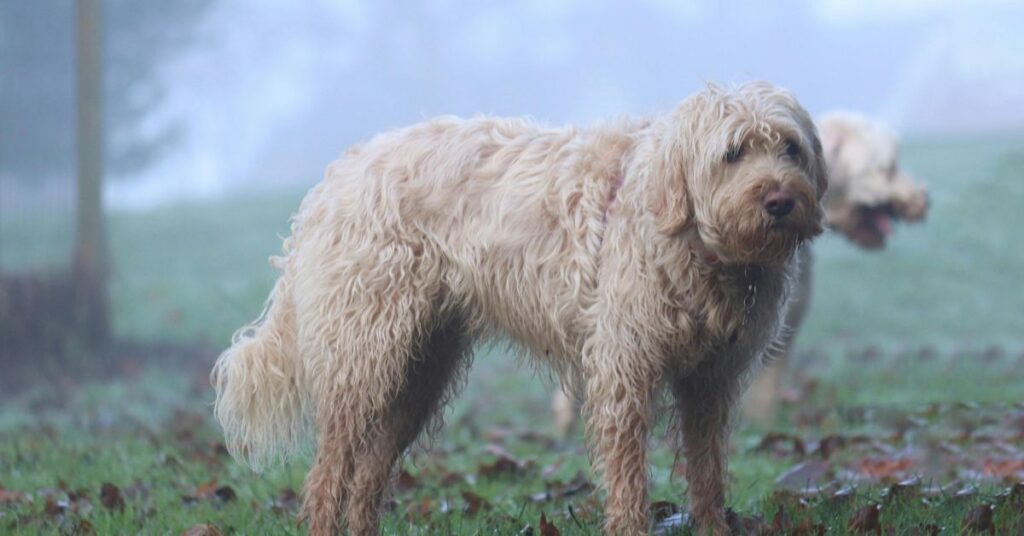
Famous Otterhounds
Otterhounds are less commonly known in popular media, but they have a dedicated following among hunting enthusiasts and breed aficionados. Their unique appearance and tracking abilities make them stand out in the dog world.
Conclusion
The Otterhound is a rugged, intelligent, and loyal breed that makes an excellent companion for active families and individuals. With proper training, exercise, and care, an Otterhound can be a devoted and engaging member of the family.



